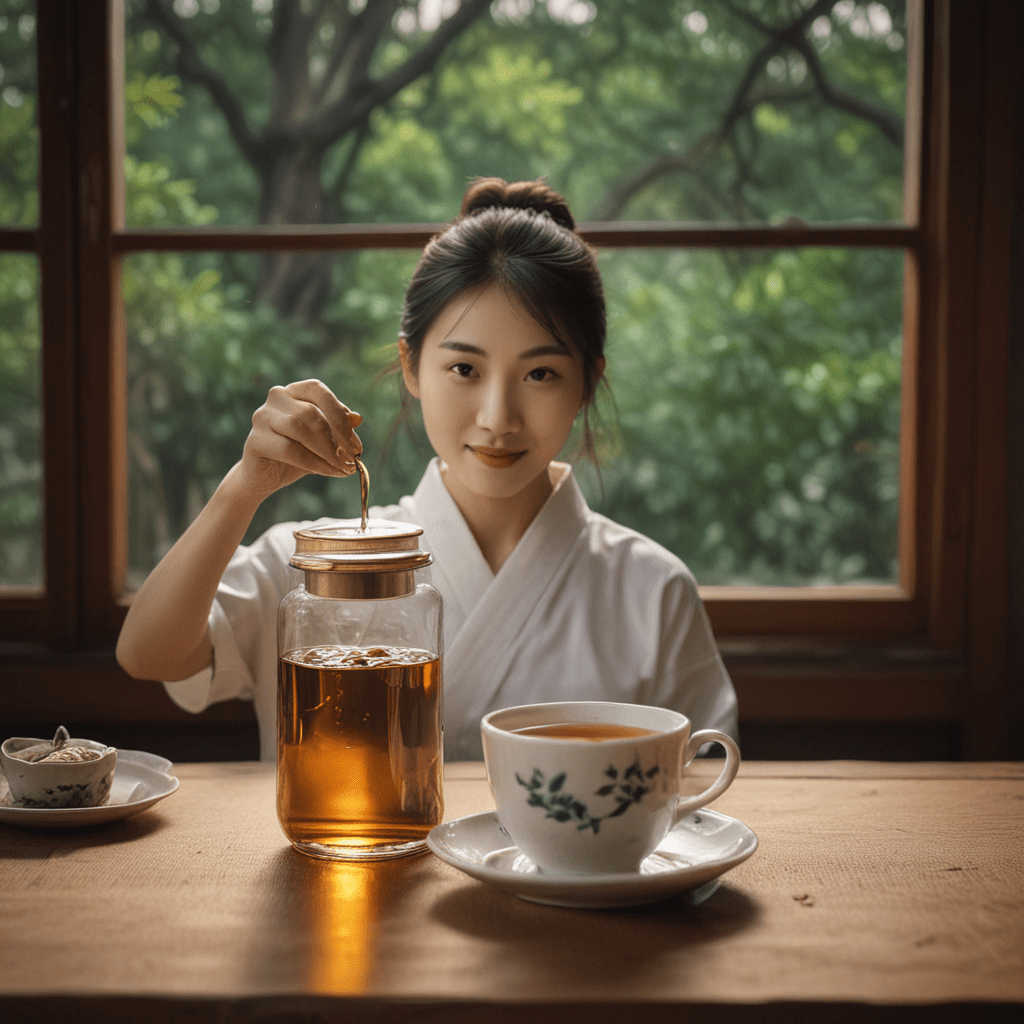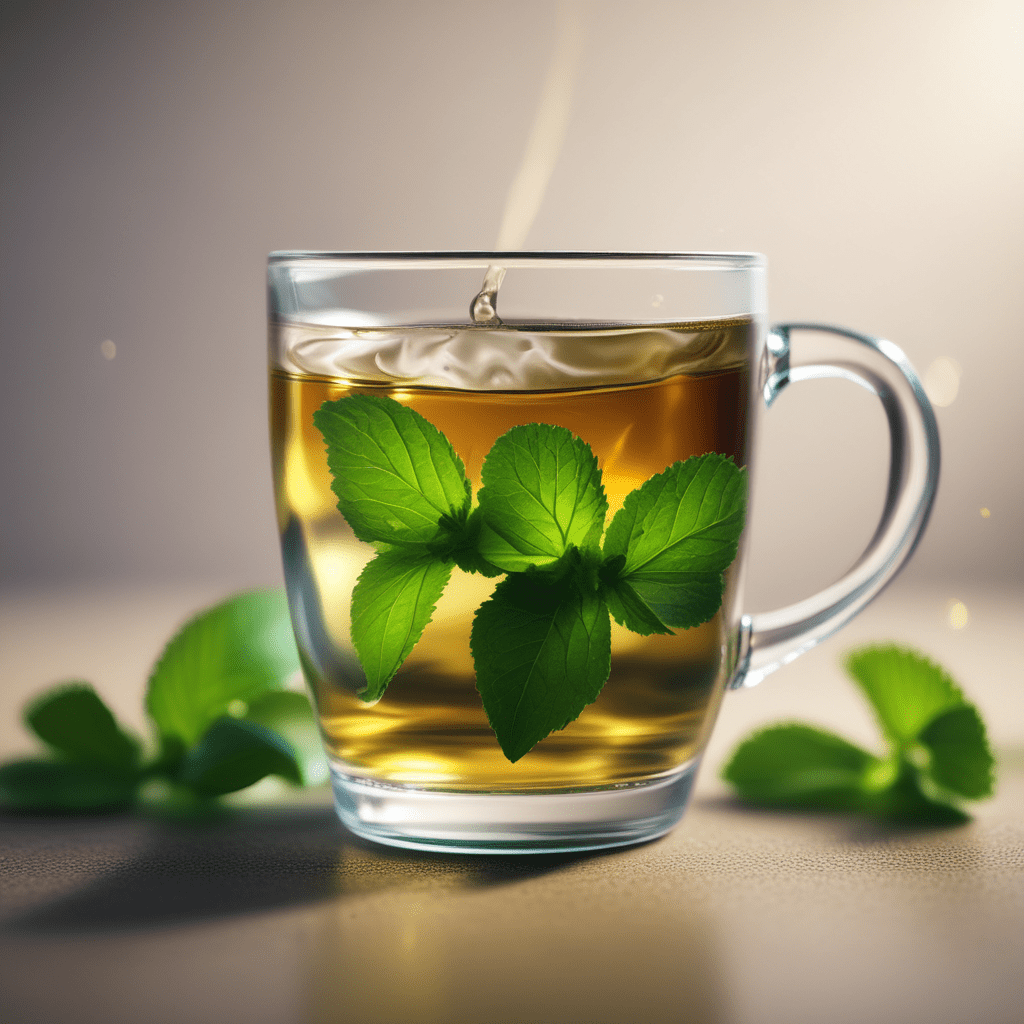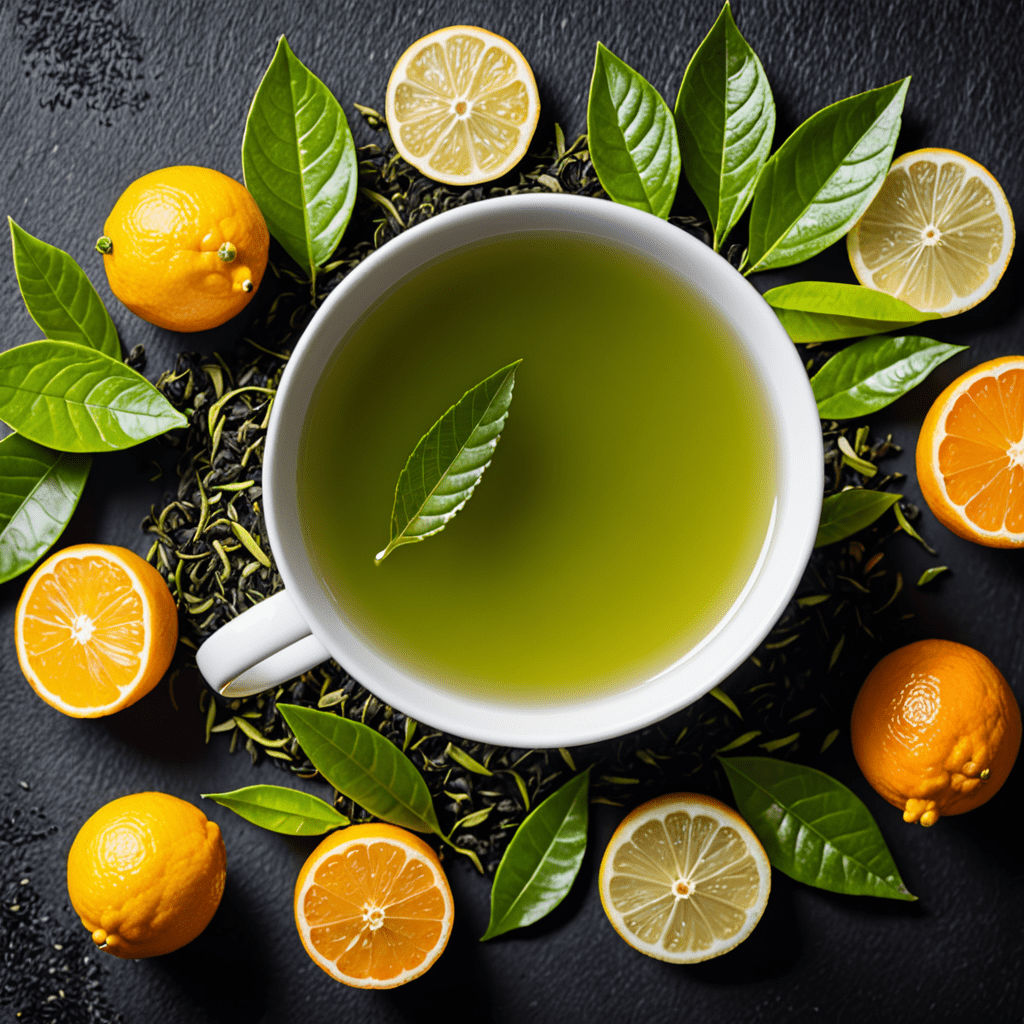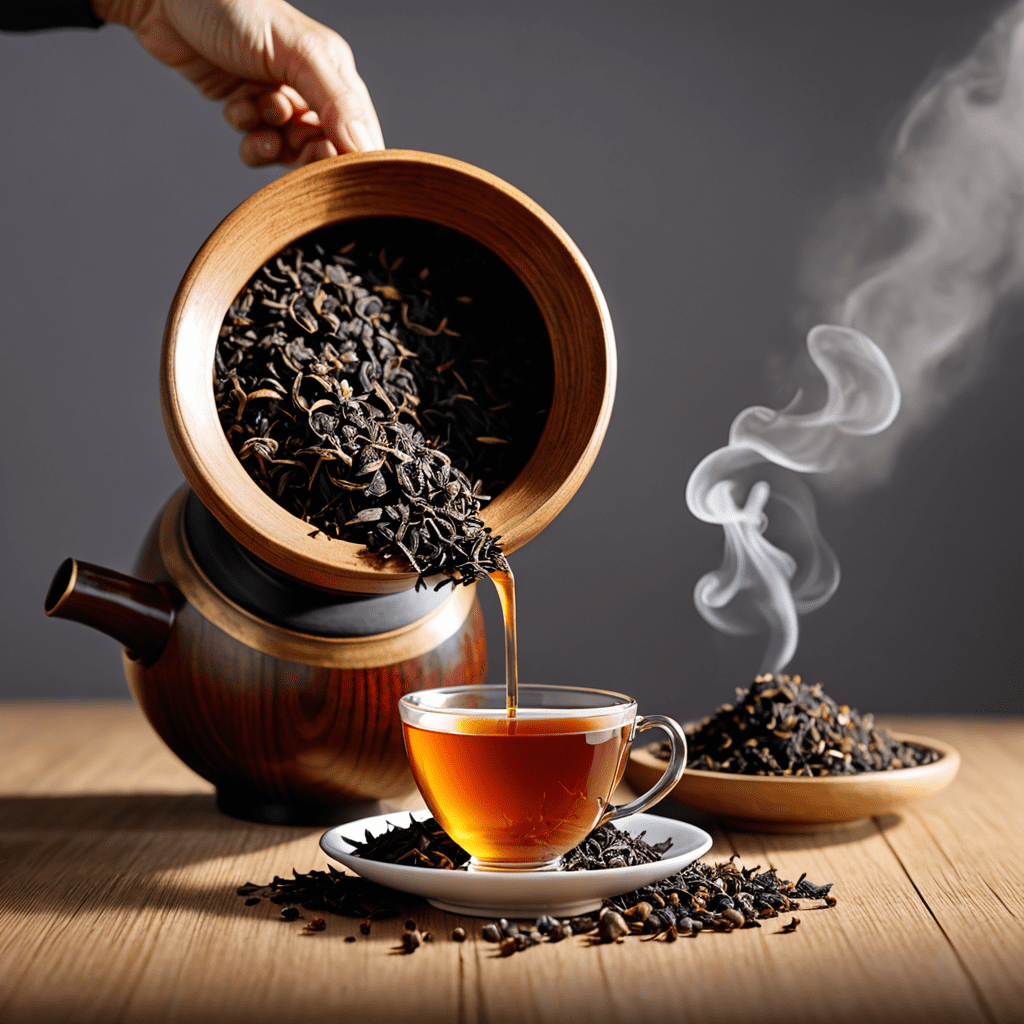Introduction: The Significance of Tea in Chinese Culture
In the realm of Chinese culture, tea transcends its humble role as a mere beverage and ascends to a profound level of significance. For centuries, tea has been deeply ingrained in the fabric of Chinese society, shaping its social customs, artistic expressions, and even its spiritual beliefs. The reverence for tea in China extends far beyond its thirst-quenching properties, embodying a rich tapestry of tradition, etiquette, and cultural symbolism.
Historical Origins: The Discovery and Early Use of Tea
The origins of tea appreciation in China can be traced back to ancient times, with legends attributing the discovery of tea to the legendary emperor Shennong in 2737 B.C. Historical records, however, suggest that tea cultivation and consumption gained prominence during the Tang Dynasty (618-907 C.E.). During this golden age, tea became an essential part of daily life, with tea houses and gardens flourishing throughout the empire.
Tea as a Symbol of Hospitality and Social Etiquette
In Chinese culture, offering tea to guests is a quintessential gesture of hospitality and respect. The act of serving and sharing tea transcends mere refreshment; it serves as a symbol of goodwill, friendship, and welcome. The manner in which tea is prepared and presented reflects the host's care and consideration for their guests, contributing to the harmonious ambiance of social gatherings.
The Art of Tea Preparation: Techniques and Rituals
The preparation of tea in China has evolved into an elaborate art form, with specific techniques and rituals governing every stage of the process. From the selection of tea leaves to the temperature and timing of the water, every detail is meticulously observed to ensure that the tea reaches its full potential. These rituals are not merely practical steps but are imbued with cultural significance, adding depth and refinement to the tea experience.
Types of Chinese Tea: From Green to Black and Oolong
The vast world of Chinese tea encompasses a diverse array of types, each with its unique characteristics and flavor profile. Green tea, with its fresh, vegetal notes, is the most prevalent in China and forms the basis for many popular varieties, including Longjing and Biluochun. Black tea, known for its robust and full-bodied flavor, is another widely enjoyed type, with renowned examples such as Anhua Dark Tea and Keemun. Semi-oxidized oolong tea, striking a balance between green and black teas, offers a complex and nuanced range of flavors, with Tieguanyin and Da Hong Pao among its most celebrated representatives.
The Health Benefits of Tea: Traditional Beliefs and Modern Research
Traditionally, tea has been revered in China for its medicinal properties. Ancient texts extolled its ability to alleviate headaches, improve digestion, and boost overall well-being. Modern scientific research has corroborated some of these traditional beliefs, demonstrating that tea contains antioxidants and other compounds that may offer health benefits, including reducing inflammation, improving heart health, and potentially even lowering the risk of certain chronic diseases.
Tea as a Medium for Art and Literature
The cultural significance of tea in China extends beyond its practical uses, inspiring countless works of art and literature. The intricate patterns formed by tea leaves in a cup have been immortalized in paintings and calligraphy, while poets and writers have penned verses extolling the virtues of tea and capturing its evocative essence. The tea ceremony itself has become a subject of artistic expression, with its graceful movements and meditative qualities inspiring dance and music.
The Cultural Influence of Tea on Chinese Society
The impact of tea on Chinese society has been profound and multifaceted. Tea has played a central role in shaping social customs, influencing everything from etiquette to the design of homes and gardens. Tea houses have served as hubs for social interaction, intellectual discourse, and artistic expression. The popularity of tea has also fostered the development of a thriving tea industry, with tea farming and production becoming integral to the livelihoods of many in China.
The Future of Tea Appreciation: Preservation and Innovation
While tea appreciation remains deeply rooted in Chinese culture, ongoing efforts are underway to preserve and promote this heritage. Tea museums and educational programs seek to educate younger generations about the history, culture, and health benefits of tea. Simultaneously, innovative tea-based products and experiences are emerging, catering to evolving tastes and preferences. By embracing both tradition and innovation, the future of tea appreciation in China looks bright, ensuring that this beloved beverage continues to enrich the lives of generations to come.
FAQ
What is the most popular type of tea in China?
Green tea is the most widely consumed type of tea in China, accounting for over 70% of total tea production.
What are the health benefits of tea?
Tea contains antioxidants and other compounds that may offer health benefits, including reducing inflammation, improving heart health, and potentially lowering the risk of certain chronic diseases.
What is the Chinese tea ceremony?
The Chinese tea ceremony is a traditional ritual that involves the preparation and serving of tea according to specific rules and etiquette. It is a meditative practice that emphasizes mindfulness and appreciation for the beauty and flavor of tea.
What is the future of tea appreciation in China?
The future of tea appreciation in China looks bright, with ongoing efforts to preserve and promote this heritage while also embracing innovation and new tea-based products and experiences.



